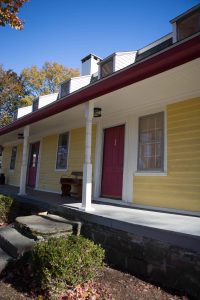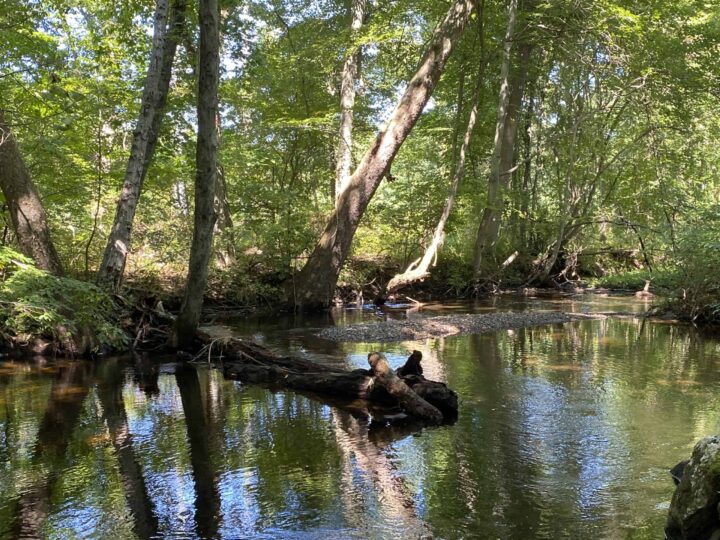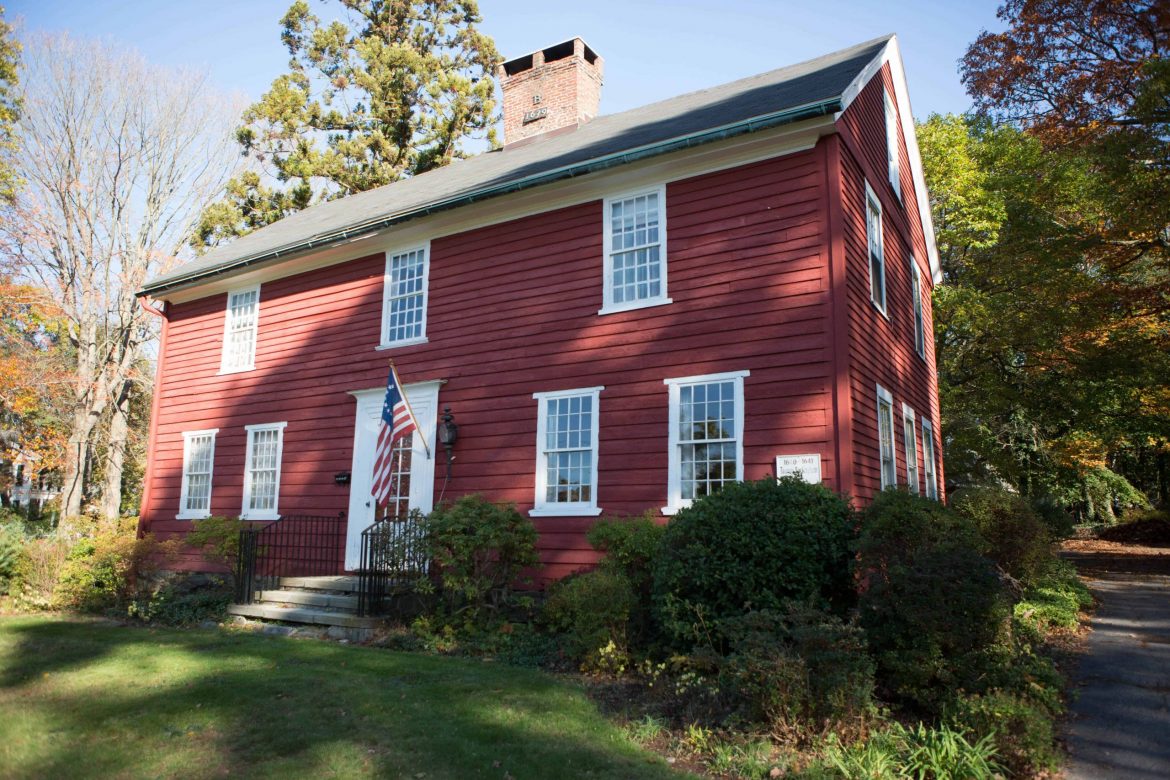
Many people might imagine living in an historic home to be an unpleasant experience. They perceive the home to be cold, drafty, musty, and unwelcoming. But, according to local residents who have resided in older homes, the opposite is true.
Milford is lucky to still have an abundance of older homes. Driving along the city’s older roads you can see structures sitting in the spot they have been in for so long, steadfastly protecting their occupants from the weather outside, and providing them a place to call home.
What is considered an historic home? According to Milford Preservation Trust president Michele Kramer, a home must be 50 years old or greater to be considered historic.
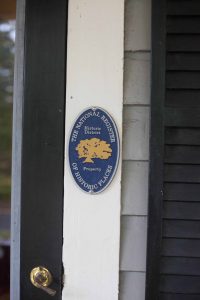 Kramer, who lives in a home built in 1880 in Milford’s first Historic District (North Street Duck Pond), is passionate about the city’s older homes and the Preservation Trust’s mission to preserve as many as possible. “So many of the older homes are being demolished by developers who want to build on the site. But this is our history, and I really enjoy sharing my interest and love of it with others,” she explains. “I always knew I wanted to live in an older house, and mine was the first house we looked at.”
Kramer, who lives in a home built in 1880 in Milford’s first Historic District (North Street Duck Pond), is passionate about the city’s older homes and the Preservation Trust’s mission to preserve as many as possible. “So many of the older homes are being demolished by developers who want to build on the site. But this is our history, and I really enjoy sharing my interest and love of it with others,” she explains. “I always knew I wanted to live in an older house, and mine was the first house we looked at.”
Elsie-Marie Clark, who lives in the Buckingham House on North Street, is also passionate about living in an historic home. Her husband Tim Clark is a direct descendant of Milford founding father Deacon George Clark and Thomas Buckingham, the home’s builder who began construction on the house in 1639.
“I enjoy living here,” says Clark. “As a kid I loved history, so how cool to end up living in an historic house! There is a certain charm and coziness about an old house.” Clark also enjoys keeping the history of the house alive. “This house played a part during the Revolutionary War,” she says “General Lafayette was a frequent visitor. At one time, (then owner) Captain Bryan and his patriots fought off a patrol of English soldiers bent on capturing him on the south lawn of the house. They did not succeed.”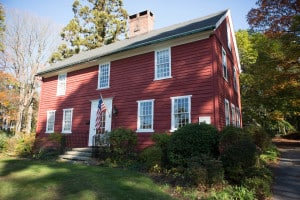
Elaborating on some of the challenges in living in an older home, Clark admits they’re mainly related to its upkeep. “It needs to be done by persons who understand old houses. When the house needs painting, you can’t power wash; you need to carefully scrape each board. New windows need to be handmade. A plumber needs to understand old plumbing.”
Marilyn Moger May grew up in a house on Gulf Street, built in 1888, and she also feels strongly about the qualities of older homes. “When imagining the lives of the earlier families, there was always a comfort knowing that the house had weathered many a hurricane, then thinking the house would last forever.” She waxes poetic about the house and its construction materials. “The sliding doors, bannister, parquet floors, and woodwork were as strong and warm-looking as the day they were installed. The cellar walls were made of rocks probably found when the foundation was being built. Everything had a sense of permanency.”
The Sanford-Bristol house is a 1790 Dutch half-gambrel home located on North Street overlooking the duck pond. Owner Lesley Mills shares her attraction to the historic home in its setting and construction. “The style of the neighborhood is important; the older homes were built closer together, with sidewalks, and encouraged people to interact with one another. Many newer houses being built are not like that; they are on bigger lots and are not conducive to that type of life. Also, I have appreciation for the skill and workmanship of those who built the Sanford-Bristol house; all of the nails were hand-forged, and all pieces of lumber were hand-hewn. You don’t see that quality anymore.”
Another Milford native, Bonnie Clark, also grew up in an older home on Gulf Street, and then lived in another on Rogers Avenue for many years. When asked what she liked best about older homes, she smiled. “Old houses have secrets and treasures, buried sometimes under attic floorboards, sometimes plastered behind solid walls, and other times in whispers left by their past occupants.”
Fortunately for Milford there are people committed to the preservation of these historic homes and the legacy they provide the city. Kramer, Clark, May, and many others work to educate the community and share their passion for these older houses. For more information about the Milford Preservation Trust, please visit https://milfordpreservationtrust.org/
—Shaileen Kelly Landsberg

